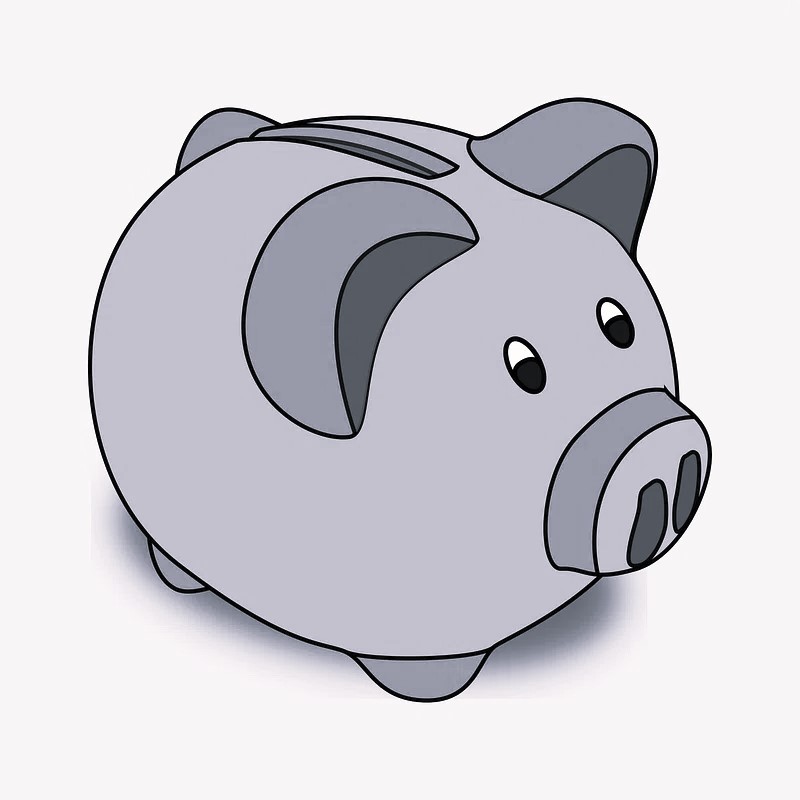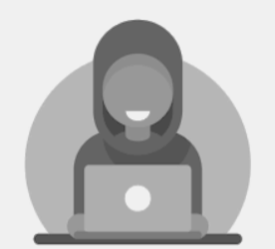Blockchain allows payment in cryptocurrencies to be fast and safe.
What are the benefits of blockchain?






Blockchain allows payment in cryptocurrencies to be fast and safe.
Using blockchain as a database allows things like foreign transactions to be signed electronically. It also makes tracing the transaction easier.
Another type of datab storage blockchain can be used for is protecting intellectual property. A prime example of this idea beings used is in NFTs.
Many schools and other certifying associations are issuing certificates through the blockchain. This prevents fraud and makes verifying applications faster.
They are programs on the blockchain that runs when its condition are met. One usage of smart contracts is to execute an agreement without any outside involvement. This ensures both side get what they want without losing time.
1. Bitcoin
- Market Cap: $535.7 billion
2. Ethereum
- Market Cap: $189.7 billion
3. Tether (USDT)
- Market Cap: $83.5 billion
4. Binance Coin
- Market Cap: $31.9 billion
5. XRP
- Market Cap: $26.5 billion
6. U.S. Dollar Coin
- Market Cap: $25.4 billion
Quiz
1. Who was the creator/inventor of Bitcoin? Select one
2. Does a block in the blockchain contain the data from the previous block? Select one
3. What makes cryptocurrencies immune to counterfeiting? Select one